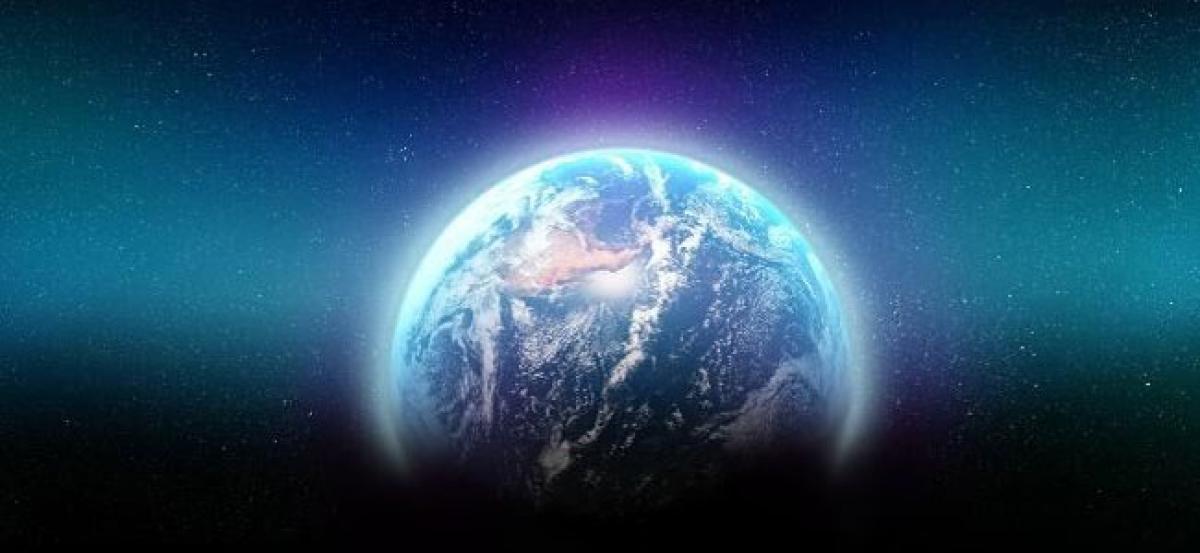Live
- Stage set for BJP-SP electoral battle in UP
- Decision to relocate key legal institutions from Kurnool opposed
- Channi apologises for remarks against women
- Nellore: 700 mobile phones worth Rs 1.5 cr recovered
- BRS miserably failed in administration: Congress
- All schools in UP’s NCR districts go online
- Collector flags off the campaign chariot
- A celebration of rights and welfare
- Bharat Forge likely to set up artillery unit in Madakasira
- Lagacharla episode: BJP MP seeks intervention of NHRC
Just In

Emissions of one of the chemicals that can cause hole in the ozone layer are on the rise, despite an international treaty that required an end to its production in 2010, a new study says.
Washington : Emissions of one of the chemicals that can cause hole in the ozone layer are on the rise, despite an international treaty that required an end to its production in 2010, a new study says.
What is even more troubling is that scientists are not sure at present why emissions of this gas are increasing. This gas, Trichlorofluoromethane, or CFC-11, is a member of the family of chemicals most responsible for the giant hole in the ozone layer that forms over Antarctica each September.
Once widely used as a foaming agent, production of CFC-11 was phased out by the Montreal Protocol in 2010."Further work is needed to figure out exactly why emissions of CFC-11 are increasing and if something can be done about it soon," Montzka said.
For the study, scientists at NOAA and Cooperative Institute for Research in Environmental Sciences at University of Colorado, Boulder, in the US made precise measurements of global atmospheric concentrations of CFC-11.
The results showed that CFC-11 concentrations declined at an accelerating rate prior to 2002 as expected. Then, surprisingly, the rate of decline hardly changed over the decade that followed. Even more unexpected was that the rate of decline slowed by 50 percent after 2012.
After considering a number of possible causes, Montzka and his colleagues concluded that CFC emissions must have increased after 2012.
This conclusion was confirmed by other changes recorded in NOAA's measurements during the same period, such as a widening difference between CFC-11 concentrations in the northern and southern hemispheres -- evidence that the new source was somewhere north of the equator.
Measurements from Hawaii indicate the sources of the increasing emissions are likely in eastern Asia, the study said.More work will be needed to narrow down the locations of these new emissions, Montzka said.

© 2024 Hyderabad Media House Limited/The Hans India. All rights reserved. Powered by hocalwire.com







